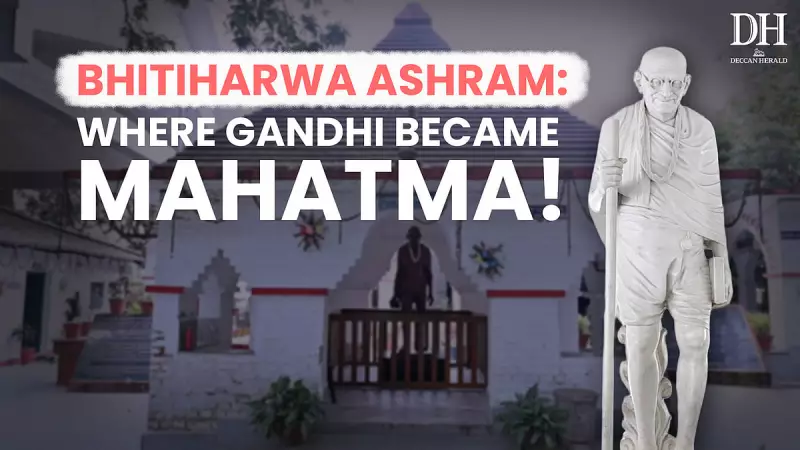
The Bhitiharwa Gandhi Ashram stands as a living testament to one of India's most significant freedom movements - the Champaran Satyagraha. This historic site continues to preserve Mahatma Gandhi's legacy while serving as an educational hub for generations learning about India's struggle for independence.
The Historical Significance of Champaran Satyagraha
Located in Bihar's West Champaran district, the Bhitiharwa Ashram was established by Mahatma Gandhi in 1917 during his first major satyagraha in India. The movement marked a turning point in India's freedom struggle, as it demonstrated the power of non-violent resistance against British colonial policies that oppressed local indigo farmers.
The Champaran Satyagraha began when Gandhi responded to pleas from local farmers forced to grow indigo under the oppressive 'tinkathia' system. This system required peasants to dedicate three kathas out of every twenty in their land to indigo cultivation for British planters, leaving them with minimal returns and pushing them into extreme poverty.
Bhitiharwa Ashram's Role in Gandhi's Movement
The ashram served as Gandhi's operational base during the Champaran movement, where he organized protests, documented farmer grievances, and developed his strategy of peaceful resistance. It was from here that Gandhi launched his investigation into the conditions of indigo farmers, collecting evidence that would eventually force the British government to establish a committee of inquiry.
What made Bhitiharwa particularly significant was its function as both a spiritual center and a practical headquarters for the satyagraha. Gandhi used the ashram to train volunteers, conduct meetings with local leaders, and develop the community-oriented approach that would become characteristic of his later movements across India.
Preserving the Legacy in Modern Times
Today, the Bhitiharwa Gandhi Ashram continues to serve as an important cultural and historical site. The ashram maintains several original structures and artifacts from Gandhi's time, offering visitors a tangible connection to this pivotal moment in Indian history. Educational programs and exhibitions help new generations understand the principles of satyagraha and their relevance in contemporary society.
The ashram's preservation efforts have gained increased attention during election seasons, as political leaders often visit the site to connect with Bihar's rich heritage of social justice movements. The location serves as a reminder of the power of grassroots organizing and peaceful protest in achieving social change.
As we move further into 2025, the Bhitiharwa Gandhi Ashram remains not just a monument to the past, but an active center promoting the values of truth, non-violence, and community service that defined Gandhi's Champaran Satyagraha.





